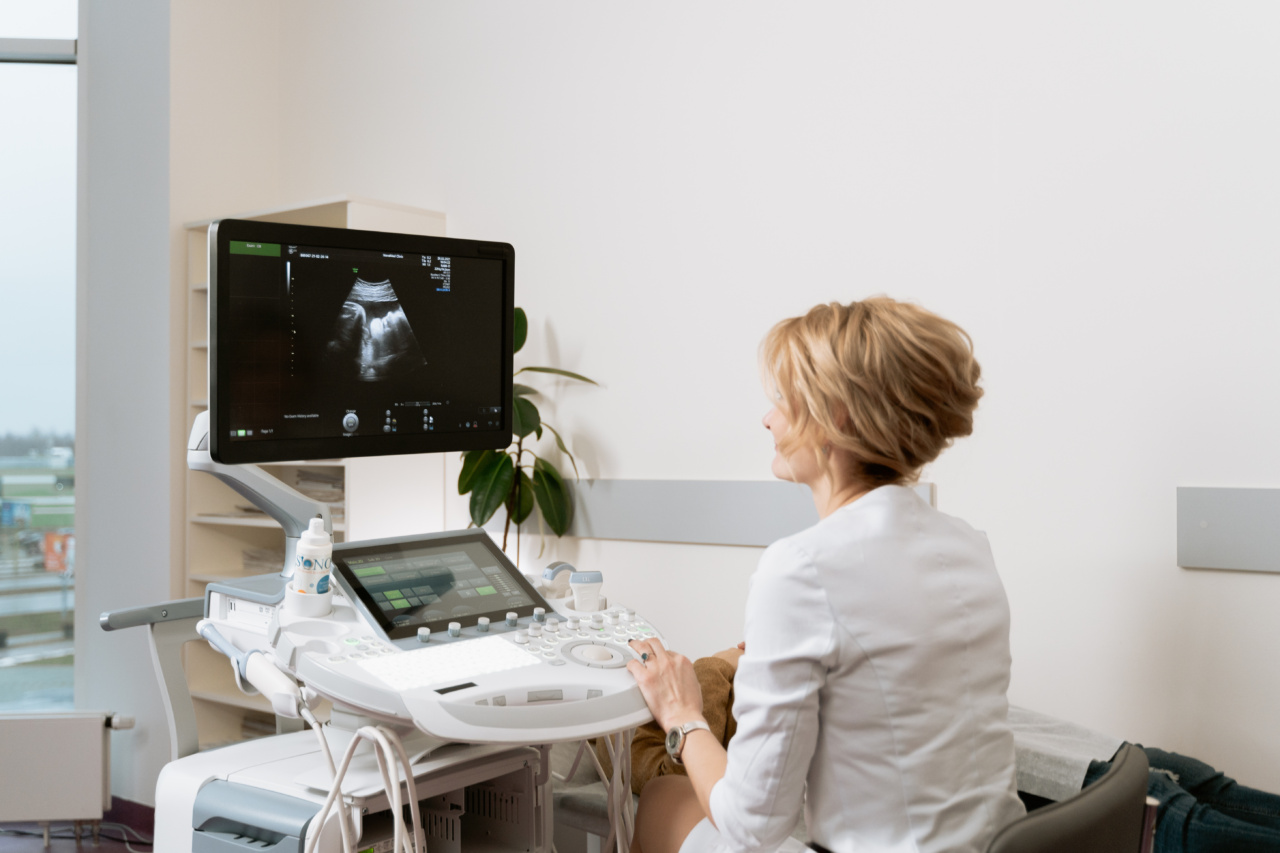Expectant mothers are often faced with various health concerns during pregnancy, including the potential need for diagnostic cardiac catheterization.
This medical procedure involves inserting a thin, flexible tube called a catheter into the heart, allowing doctors to diagnose and treat certain heart conditions. However, traditional cardiac catheterization techniques involve the use of radiation, which can pose risks to both the mother and the developing fetus.
In recent years, a radiation-free diagnostic cardiac catheterization technique has been developed to ensure the safety of expectant mothers and their unborn babies.
The importance of cardiac catheterization
Cardiac catheterization is an essential diagnostic tool for identifying and assessing various heart conditions. These may include congenital heart defects, coronary artery disease, or abnormal heart rhythms.
By providing direct imaging and measurements of the heart’s structure and function, cardiac catheterization helps doctors make accurate diagnoses and develop appropriate treatment plans.
The risks of traditional cardiac catheterization
While cardiac catheterization is generally a safe procedure, the use of radiation during the imaging process can pose risks, particularly for pregnant women.
Radiation exposure has been associated with an increased risk of fetal abnormalities and potential developmental issues. Concerns about radiation exposure during pregnancy have led to the development of alternative techniques that avoid the use of radiation entirely.
Radiation-free cardiac catheterization technique
The radiation-free cardiac catheterization technique is an innovative approach that utilizes advanced imaging technologies, such as magnetic resonance imaging (MRI) or ultrasound, to visualize the heart and guide the catheter insertion.
These imaging modalities provide detailed, real-time images of the heart without exposing the mother or fetus to any radiation.
Advantages of the radiation-free technique
There are several advantages to using the radiation-free technique for expectant mothers undergoing cardiac catheterization:.
- Enhanced safety: Eliminating radiation exposure significantly reduces the potential risks to both the mother and the developing fetus.
- Accurate diagnosis: The advanced imaging technologies used in the radiation-free technique provide high-quality images, enabling doctors to make accurate diagnoses.
- Real-time visualization: Real-time imaging allows physicians to monitor the procedure closely and make precise adjustments as needed during catheter insertion and manipulation.
- Reduced anxiety: Expectant mothers often experience anxiety and stress related to medical procedures during pregnancy. Knowing that a radiation-free technique is being used can provide greater peace of mind.
- Minimal discomfort: The radiation-free technique is typically less invasive, resulting in reduced discomfort and faster recovery times for expectant mothers.
The future of radiation-free cardiac catheterization
The development of radiation-free cardiac catheterization techniques is a significant advancement in the field of maternal-fetal medicine.
As technology continues to evolve, these techniques may become more widely available, ensuring the best possible care for expectant mothers and their unborn babies.
Conclusion
Radiation-free diagnostic cardiac catheterization techniques offer a safer alternative for expectant mothers who require this procedure.
By utilizing advanced imaging technologies, such as MRI and ultrasound, the radiation-free technique provides detailed visualization of the heart without exposing the mother or fetus to radiation. This approach enhances safety, allows for accurate diagnosis, and reduces anxiety and discomfort for expectant mothers. As these techniques progress, they promise a brighter future for the field of maternal-fetal medicine.


























